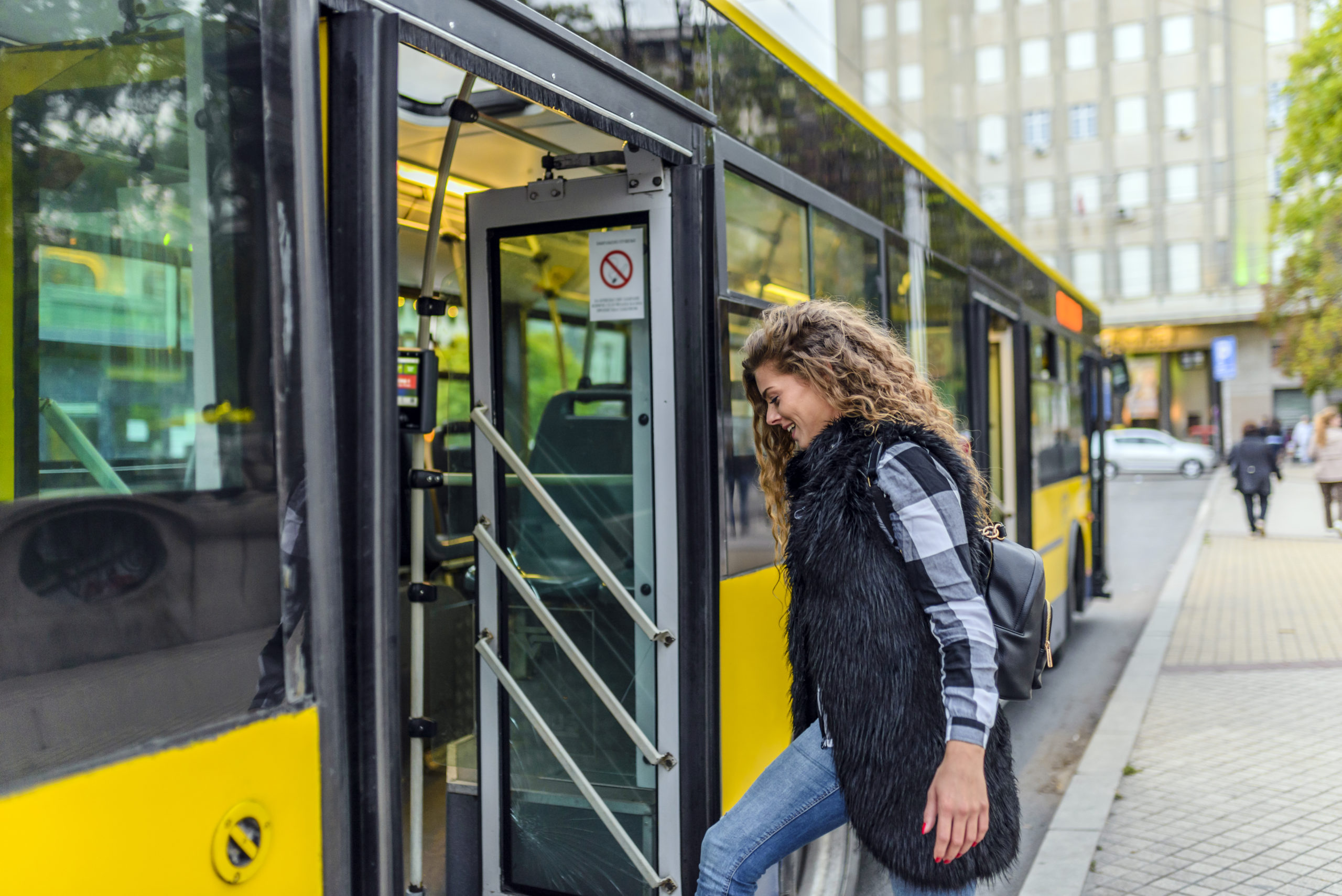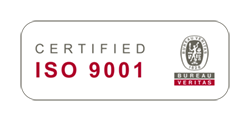- Solutions
- Innovation
- Software
Get Aimsun Next
Use Aimsun Next
About Aimsun Next
- About
Aimsun Insight
Transform big data into valuable mobility insights. Rapidly identify patterns, recurring problems and support transport planning decisions.
Aimsun Insight
Transform big data into valuable mobility insights. Rapidly identify patterns, recurring problems and support transport planning decisions.
Many transportation agencies are sitting on huge databases of traffic sensor information that they’re not sure how to interpret.
When transportation agencies lack the resources to systematically analyze their data, Aimsun Insight is the perfect solution to detect patterns in the data and build insights that can be used to drive behavioral change.
Aimsun Insight will deliver much more than just spreadsheets and lists – our user-friendly dashboard makes it easy to identify trends, detect recurring problems and support transport planning decisions.
Aimsun Insight – Top benefits
Fast, cost-efficient insights for decision makers, transportation planners, and environmental specialists.

Cost-efficient: a low-cost entry level solution for data management.

Fast: typical delivery time is under 30 days.
User friendly: custom interactive dashboards and KPIs that anyone can understand.
Scalable: a great starting point for scalable and robust transportation planning and operational management solutions.

Efficient: a highly cost-efficient approach to planning.

Cross-sector analysis of datasets and subsets: e.g., typical weekday, typical Saturday, typical holiday

Cost-efficient performance monitoring: trend analysis and benchmarking for your transportation network or user-class operations, e.g., freight, buses and trams.
Aimsun Insight – Top use cases



- Identify recurrent traffic profiles: plan efficiently for major events, maintenance, and any other kind of disruption.
- Transit performance benchmarking: monitor transit performance and identify where and when delays accrued.
- Past congestion analysis: identify and improve congestion hot spots or network pinch points.
- Identify hot spots for network users: target resources to improve the performance of certain user groups.
- Air quality analysis: locate air quality issues and correlate to events and conditions.
- Data analysis: shorten delivery time for transport planning and mobility initiatives with pre-feasibility testing.
- EV charging station location: find the most effective potential EV charging locations for further concept development.
- Long-term traffic trends: identify operational and infrastructure future requirements for developing conceptual solutions.
- Safety analysis: locate road safety issues and correlate to traffic conditions.
- Identify recurrent traffic profiles: plan efficiently for major events, maintenance, and any other kind of disruption.
- Transit performance benchmarking: monitor transit performance and identify where and were delays accrued.
- Past congestion analysis: identify and improve congestion hot spots or network pinch points.

- Identify hot spots for network user: target resources to improve the performance of certain user groups.
- Air quality analysis: locate air quality issues and correlate to events and conditions.
- Data analysis: shorten delivery time for transport planning and mobility initiatives with pre-feasibility testing.

- EV charging station location: find the most effective potential EV charging locations for further concept development.
- Long-term traffic trends: identify operational and infrastructure future requirements for developing conceptual solutions.
- Safety Analysis: locate road safety issues and correlate to traffic conditions.

Case study
Analytics as a Service
Abu Dhabi
Client: Abu Dhabi Integrated Transport Centre (ITC)
Abu Dhabi has abundant mobility data available across many sources:
- Road traffic counts
- Speeds from floating car data
- Origin-destination matrices from mobile phone traces
- Bus stop boardings and drop-offs from automatic fare collection data
- GPS traces from taxis or fleet vehicles
The Analytics as a Service project aims to develop the algorithms that can leverage all this data to help the Abu Dhabi ITC understand and estimate Abu Dhabi’s mobility holistically.
Mobility in Abu Dhabi is closely related to other factors including demographics, land use, and consumption of water and electricity. Each of these data sources can give a partial view of mobility but together they create a complex ecosystem of interdependent relationships. In Abu Dhabi there is a perfect meeting point of quantity and diversity of data, so the algorithms that have been developed can successfully extract the relationships between data sources and then infer mobility insights from them.
Data treatment begins with gathering the data and then cleaning it, working on homogenization, and then connecting the data sources. Once the data quality is guaranteed and fused, it can be used to produce an enriched dataset for mobility in Abu Dhabi.
Using this dataset, the Abu Dhabi ITC can answer mobility questions beyond what is being measured.
To take a few examples:
Cellphone data zoning is coarse; conversely, data about land use, population density, and water and electricity consumption is much more granular, so it can be used to estimate cellphone origin-destination matrices within much smaller zones.
The measured mobility from phone traces gives a complete but coarse view of mobility, that is, over large geographical zones and long intervals of time; conversely, loop detectors provide data that is partial but highly granular, that is, they are installed in a tiny percentage of sections of the road network, and they only measure one thing, which is road mobility. Public transport data also yields partial but highly granular information, and the same is true of floating car data, taxi GPS traces.
In combination, these disparate pieces of data can be used to build a complete and very detailed picture of mobility to support decision makers and answer their questions: How much time do vehicles spend stuck in traffic? What is the modal split for a certain origin-destination? What are the socio-economic attributes for each different mode of transportation?
The upgrade path from Aimsun Insight
Start small, evolve to match your resources and strategic objectives.

Simulation
Model
The Simulation Model is a virtual replica of real traffic scenarios.
Simulation
Model
The Simulation Model is a virtual replica of real traffic scenarios.
Real-time
Data
A combination of detection data and traffic-control data.
Real-time
Data
A combination of detection data and traffic-control data.

Get in touch with us today at info@aimsun.com and we can start the conversation.
To learn more about Aimsun’s modular platform, click here.
Aimsun Predict
Process real-time data to forecast upcoming traffic states: receive alerts for sudden anomalies or problems, and support proactive decisions.

Aimsun Predict
Process real-time data to forecast upcoming traffic states: receive alerts for sudden anomalies or problems, and support proactive decisions.

Aimsun Plus
An all-in-one solution to mobility modeling for a whole city or even a region. Get a single, united network representation of how people move in any mode, on any scale.

Aimsun Plus
An all-in-one solution to mobility modeling for a whole city or even a region. Get a single, united network representation of how people move in any mode, on any scale.


